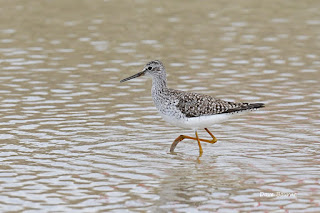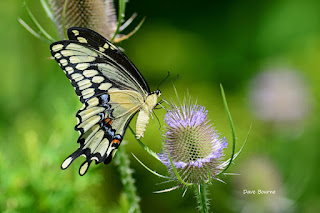There has been a juvenile Black-legged Kittiwake hanging around the St. Clair River in the Sarnia/Port Huron area for about a week now. A couple days ago we observed it cruising along the river near the Bluewater Bridge however it was too far away for decent images. Yesterday however it was feeding along the Sarnia side of the river and afforded better images.
A dainty gull of northern oceans, Black-legged Kittiwakes nest in teeming colonies on cliffs of the North Atlantic, North Pacific, and Arctic. On these sheer, rocky sea stacks, their unceasing cries of “kittiwake” join with the crashing surf to make the classic sound of a seabird colony.
Their neat white and gray plumage is accented by a bright yellow bill and jet-black legs. Kittiwakes are true pelagic seabirds, spending virtually their entire lives on the open ocean and only touching land during the nesting season.
They forage while in flight by dipping or plunging into the sea, almost ternlike, to seize small fish and other prey, usually far offshore.
Breeding adults are pale gray above with neat black wingtips, clean white below, with a yellow bill. The legs and feet are jet black. Nonbreeding adults are similar but acquire a dusky patch behind the ear. Juveniles are quite striking: white overall, with a black M pattern across the upperwing visible in flight. They also have a gray or black collar across the back of the neck, a black tail tip and a black bill. Cornell All About Birds


















































